Training
First we will take a look at a few pyramids to show importance of each part of health and fitness/ training as well as take a look at some very basic programming for training sets and reps based on set goals. First we start with our foundations pyramid for reaching your goals. The pyramid shows the hierarchy of importance of nutrition, exercise form, strength, endurance conditioning, and then looking to reach your end goal. In the full book included with training we go in-depth on why the pyramid is set up like this and what it means.
Muscle and strength
training pyramid.
In this pyramid we see the factors from most to least important when it comes to building our training program. As you can see adherence is once again the key to success and the foundation to both nutrition and training. This is a major part that is covered in the online training and is huge in the end when it comes to success. This will all change depending on your sport/health and fitness goals. The rest of the pyramid is covered in the online training.
The diagram above is all about the different styles of training and how to set them up depending on your goals. As you can see the variables are reps, sets, and time of rest. This should give you a basic idea of how your program will look depending on your specific goals.
Rating of Perceived
Exertion or RPE
RPE is used to determine how hard you are working on a particular set, exercise, or workout. This means that when you are doing an exercise or workout you should be putting in an amount of effort between 1-10, 1 being so easy you could do it all day and 10 being so hard you feel like you cannot do it anymore even if your life depended on it. A 1 would be walking around at a very slow pace inside of the mall for example. A 10 would be like sprinting up a huge hill as fast as you can, giving it 110% like a massive mean dog is chasing you! This rating should change depending on your workouts that you are doing because the amount of effort you put in affects different things such as your aerobic and anaerobic states, your nervous system, and your muscle fibers all differently.
Training when sick
When it comes to working out when we don’t feel the best there are many different ideas of what we should do from sweating it out to sleeping until you feel 100% better no matter what. I have a few guidelines that might help you determine if you should be active or take a bit of rest to get you back on track as soon as possible.
Let’s start with what exercise does to your body/immune system. Light to moderate exercise such as yogo, Zumba, light weights, moderate cardio activity such as walking or jogging, biking, swimming, can all either maintain or even boost your immune system. Very hard and prolonged exercise can do the opposite and actually lowers your immune system. This does not mean that you should not exercise hard, it just means if you are exercising very hard and you start feeling the symptoms coming on, be sure to slow things down to the before mentioned boosting exercise options. If you are already sick with a fever, then it is time to rest rest rest to let your body recover. Also keep in mind that if you are feeling sick that you should avoid working out with others so that you do not spread your sickness. As you start feeling better increase your movement from low intensity non weighted movement, 30 minutes of light exercise, and then to moderate exercise for 45-60 minutes. If you take the time to recover you will get back on track much faster than forcing yourself back into it. Also be sure to pay attention to these factors: Age, stress, sleep, gender, and training age. These can all be factors that can help you figure out if you should get back to working out sooner, let you know if you are at higher risk of getting sick, and will help be your guide for getting back on your feet. Remember to listen to your body!






